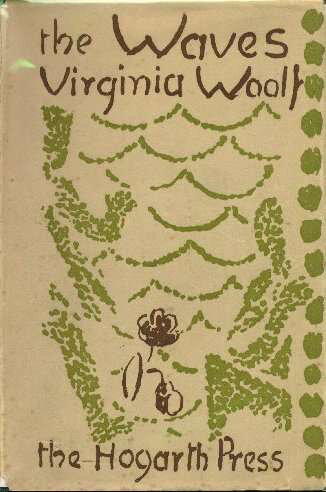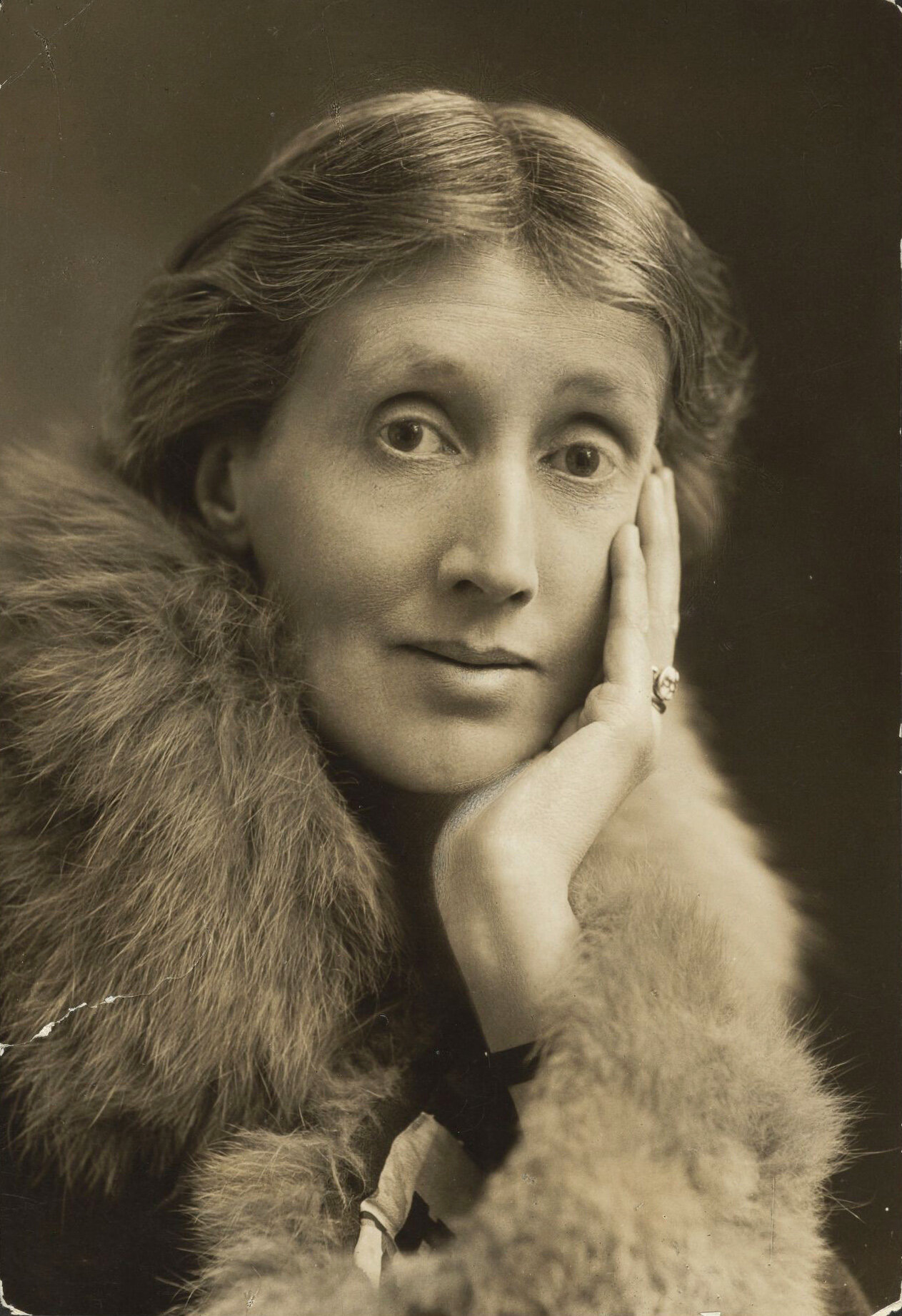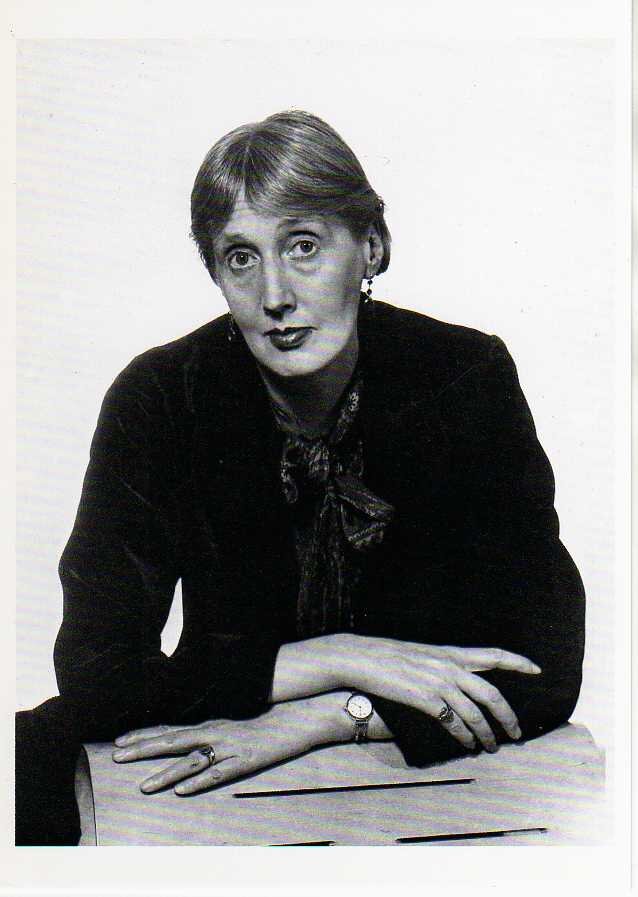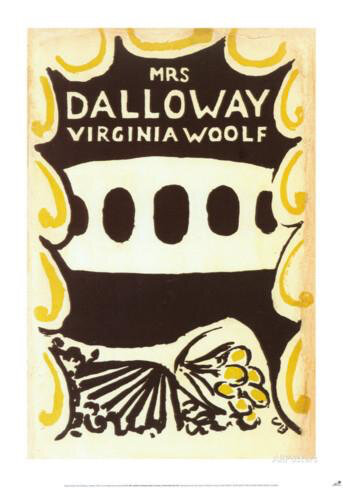Clothing in The Waves
This is an extract from Claire Nicholson’s lecture on The Waves, Literature Cambridge Study Day, 21 September 2019, Stapleford Granary.
Clothing is an important subject for Woolf, and we can trace a distinct evolution in her methods. Her early fiction mostly consisted of brief visual detail to situate characters in terms of class, economic or social position, which invites comparison with Jane Austen. Early Woolf, like Austen, concentrates upon sparing external detail with little to suggest anything about the experience of dress.
Fashion photo from Vogue, 1924
As she developed her modernist writing in the 1920s, clothing began to perform a more symbolic function as she focused upon the interior life of her characters and expressed a phenomenon she called ‘frock consciousness’. This applied particularly to Mrs Dalloway (1925) when Clarissa, the main character, achieves a complete synthesis of body, mind and garment in her ‘sea-green mermaid’s evening dress’. The dress calls into being her public self as a society hostess. With further development of this idea we reach The Waves (1931), her most poetic, modernist novel, in which clothing imagery is interwoven into the creation of each of the six characters.
In 1917, Woolf noted in her experimental short story ‘The Mark on the Wall’ that future novelists would ‘leave the description of reality more and more out of their stories, taking a knowledge of it for granted’. In The Waves, Woolf uses sparing details of the external world, but for her characters the sensory world becomes of great importance; thus clothes and their relation to the body provide a means of bringing the characters to life in the reader’s mind. Rather than merely disembodied voices they become fully realised as characters through the registration of the senses.
In this lecture I will explore how clothing imagery contributes to this novel. I will draw upon critical analysis by R. S. Koppen in Virginia Woolf, Fashion and Literary Modernity as well as essays by Gillian Beer, Patricia Waugh and Sowon Park. I will explore how, for Woolf, clothes become things which are ‘saturated with meaning’ and I will place particular focus upon the character for whom pleasures of the body, clothes and her powers of sexual attraction are vitally important: Jinny.
[…]
Unlike Susan who rejects fashionable clothes and urban life in London, Jinny is the character most at ease in her own body and most aware of clothing. As the train in which she is travelling enters a tunnel she notes in the window reflection how a male fellow passenger glances at her, whereupon her body ‘instantly of its own accord puts forth a frill under his gaze’. (Incidentally, VW uses an identical image in Mrs Dalloway in 1925. At the high society party held by Clarissa Dalloway we are told that ‘Nancy, dressed at enormous expense by the greatest artists in Paris, stood there looking as if her body had merely put forth, of its own accord, a green frill’.) Jinny’s body becomes synonymous with her clothing as she recognises her acculturation into society, ‘My body lives a life of its own … we have exchanged the approval of our bodies. There is then a great society of bodies, and mine is introduced’. Jinny already rehearses in theoretical and imaginative fashion the role clothing will play in her adult life.





